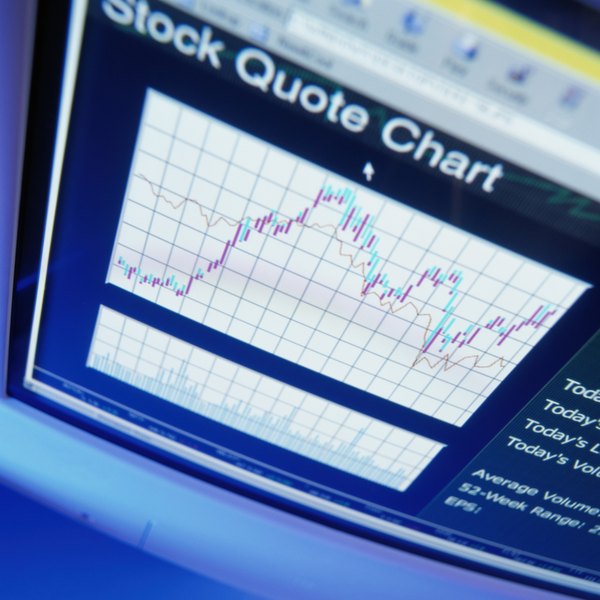What Does UNCH Mean in Stock Prices?
UNCH means the closing stock price equaled the opening price with no changes.
Duncan Smith/Photodisc/Getty Images
UNCH in a stock chart means the stock's price at the market's closing is the same as it was when it opened. Although most stocks on any given day will finish up or down, some will remain unchanged. There are different reasons for this. In some cases, it's just the luck of the draw. In others, it may be a cautionary signal that you're dealing with a thinly traded stock.
Tip
In the stock market, UNCH means that the stock's price for the trading day has remained "unchanged."
Volatility of Thinly Traded Stocks
Some popular stocks, such as Apple, may trade tens of millions of shares per day. Others may not trade a single share. Stocks that don't trade at all will end up unchanged for the day.
A stock that doesn't trade many shares per day is said to be thinly traded. In and of itself, this isn't necessarily a bad thing. However, thinly traded stocks are notoriously volatile. This may be counterintuitive; after all, how can a stock that ends the day UNCH after trading zero shares be volatile?
The truth is that a thinly traded stock that is UNCH one day may be up or down 10 percent, 20 percent or even more the next day. The day after, it might not trade at all again and finish UNCH.
Bid-Ask Spreads
The other danger with thinly traded stocks is that the bid-ask spread is normally large. The bid-ask spread represents the combination of the highest price that a buyer will pay (the bid price) and the lowest price a seller is willing to sell (the ask price). A large bid-ask spread represents a profit margin for the specialist or market maker who conducts the actual trade of a stock. When you pay a large bid-ask spread, your trade costs you more money. For example, imagine that a stock has a bid price of $50 per share and an ask price of $52 per share. If you buy the stock at $52, you're essentially paying $2 more than the true value of the stock, as determined by the price at which you can sell it.
Random Walk Theory
Many investors are familiar with the book "A Random Walk Down Wall Street," written by Burton Malkiel in 1973. The book presents many investment concepts but essentially proposes that stock price movements are random and unpredictable. Although trends may be identified, Malkiel suggests that moment-to-moment stock price changes cannot be determined with any accuracy.
And so it goes with stocks that end up UNCH on a day. Even a stock as actively traded as Apple may end up UNCH on any given day, and that cannot be predicted with any accuracy. The stock may go up in the morning, come down in the afternoon and finish back at UNCH, or it may simply hang around either side of UNCH and just reach UNCH on its final tick. In this case, there may not be any "meaning" at all in the fact that the stock closed at UNCH; it was just another random walk.
References
Writer Bio
John Csiszar has written thousands of articles on financial services based on his extensive experience in the industry. Csiszar earned a Certified Financial Planner designation and served for 18 years as an investment counselor before becoming a writing and editing contractor for various private clients. In addition to his online work, he has published five educational books for young adults.

